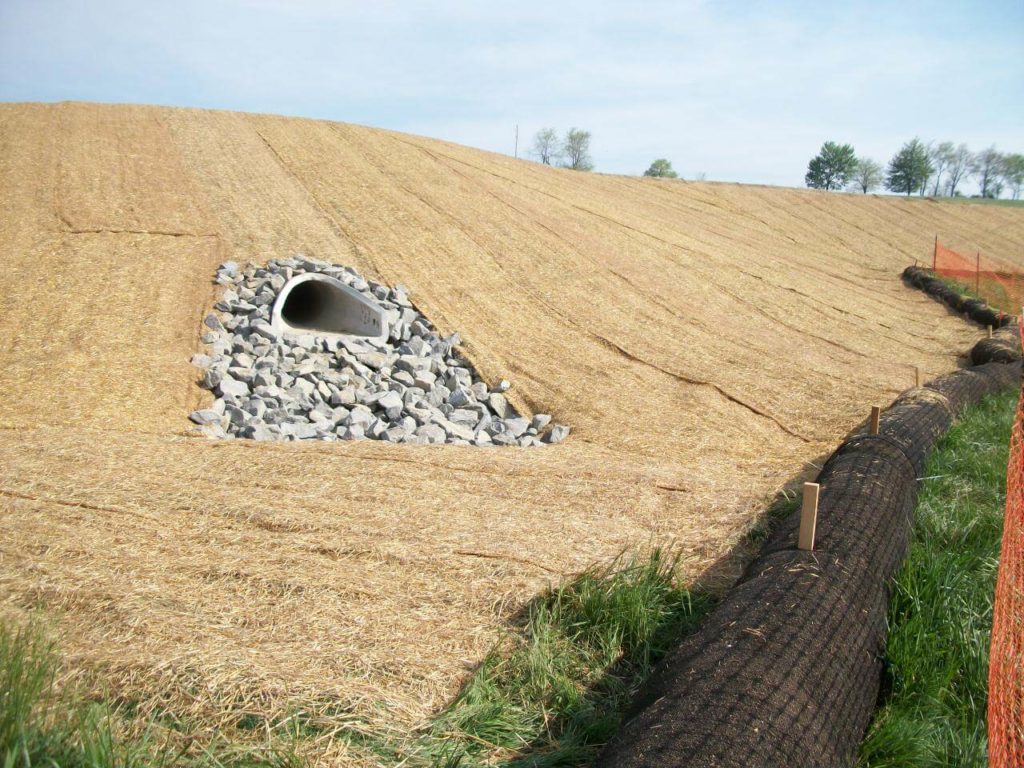- March 1, 2024
- Posted by: wellcoindustries
- Categories: Burlap, Erosion Control
Erosion control is a critical aspect of environmental management, aiming to prevent water or wind from washing away soil, especially in vulnerable areas. Among the various materials available for this purpose, burlap stands out for its effectiveness, affordability, and eco-friendliness. In this detailed guide, we delve into the methodical use of burlap for erosion control, providing insights and practical steps to harness its full potential.

Understanding the Importance of Erosion Control
Erosion can significantly impact soil health, water quality, and biodiversity. By addressing erosion effectively, we can protect agricultural lands, safeguard infrastructure, and preserve natural habitats. Burlap, made from jute or hemp, offers a sustainable solution, contributing to soil stabilization and vegetation growth.
The Benefits of Burlap in Erosion Control
Burlap is renowned for its durability, biodegradability, and ability to support plant growth. Its natural fibers allow water and air to pass through, promoting soil health and facilitating the establishment of vegetation, which is key to long-term erosion control.
Step-by-Step Guide to Using Burlap for Erosion Control
- Site Preparation: Begin by clearing the site of large debris and rocks. It’s essential to create a smooth surface for the burlap to make effective contact with the soil.
- Choosing the Right Burlap: Select high-quality, untreated burlap to ensure environmental safety and durability. The material should be dense enough to provide adequate coverage but permeable to water and air.
- Cutting and Laying Burlap: Measure and cut the burlap to fit the area you’re covering. Overlap sheets by at least six inches to prevent soil exposure. Secure the burlap with stakes or pins, ensuring it’s snug against the terrain to prevent water from running underneath.
- Seeding: Before or after laying the burlap, seed the area with appropriate vegetation. The burlap will protect the seeds from erosion, retain moisture, and provide a microclimate for germination and growth.
- Maintenance: Regularly check the burlap for signs of wear or displacement and make necessary adjustments. As vegetation takes root, the burlap will gradually decompose, adding organic matter to the soil.
Advanced Tips for Maximizing Effectiveness
- Incorporate Soil Amendments: Before laying the burlap, consider adding compost or other organic matter to enhance soil fertility and structure.
- Use in Conjunction with Other Erosion Control Methods: For severe erosion issues, combine burlap with terracing, retaining walls, or erosion control blankets for added stability.
- Select Appropriate Vegetation: Choose plant species that are native to your area and known for their erosion control properties. Deep-rooted plants are particularly beneficial for stabilizing soil.
Common Mistakes to Avoid
- Neglecting Overlap: Failing to sufficiently overlap burlap sheets can lead to gaps, undermining the barrier against erosion.
- Poor Securing: Inadequately securing the burlap can result in it being displaced by wind or water, reducing its effectiveness.
- Ignoring Maintenance: Regular inspection and maintenance are crucial to address any issues promptly and ensure long-term success.
Conclusion
Utilizing burlap for erosion control is a practical, sustainable, and effective method to combat soil erosion. By following the detailed steps and tips provided in this guide, you can significantly enhance the stability and fertility of your land, contributing to environmental conservation and sustainable land management. Remember, the key to successful erosion control lies in careful planning, proper installation, and ongoing maintenance.
